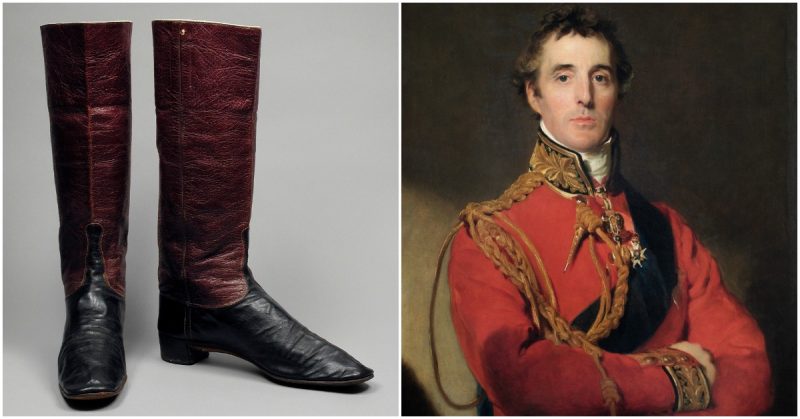The boot was perfect for riding, general use, and even informal evening wear. It soon became a hit, and it adopted Wellington’s name as the source of its inspiration.
When Arthur Wellesley, the Duke of Wellington, led the British and Allied army to victory at the Battle of Waterloo in 1815, he undoubtedly thought that his name would forever be associated with the defeat of Napoleon’s forces.
While he did achieve historical fame for his command at Waterloo, his name became even more famous in later decades and centuries for something a little more mundane, but nonetheless useful–the Wellington boot.
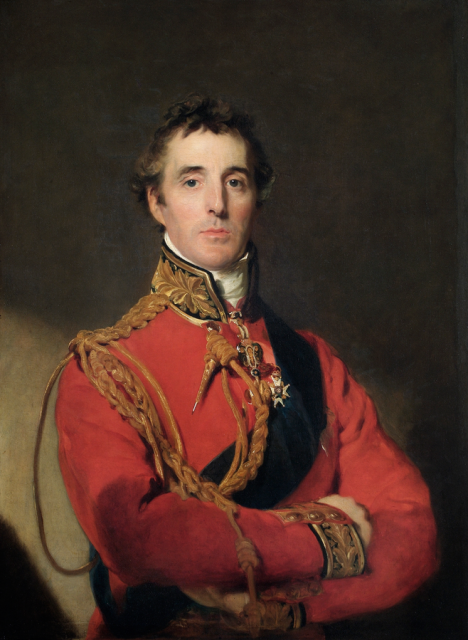
The Wellington boot is a highly popular style of work boots and is widely used around the world, for everything from industrial work to leisure.
Most people who have worn one of these boots are likely unaware that the Wellington boot was first and foremost a soldier’s boot.
The design was based on the earlier Hessian boot which was popular in the 18th century. These were particularly commonly worn by cavalrymen as their design fit comfortably in stirrups. They were also tall boots that came up to the knee and provided protection for cavalrymen’s lower legs while engaged in melee combat against infantry.
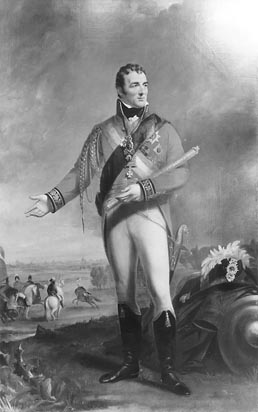
The Duke of Wellington–who himself had fought as a cavalryman–decided in 1817 that he needed a new boot design for his own personal use. As a member of the nobility and a rather wealthy man, Wellington had his own shoemaker: Hoby of St James Street, London.
Wellington commissioned Hoby to make a new style of utilitarian boot for him.
It was to be based on the Hessian design, but with a number of suggested improvements. The material chosen was soft calfskin leather, and the resulting boot wrapped more closely around the wearer’s leg.
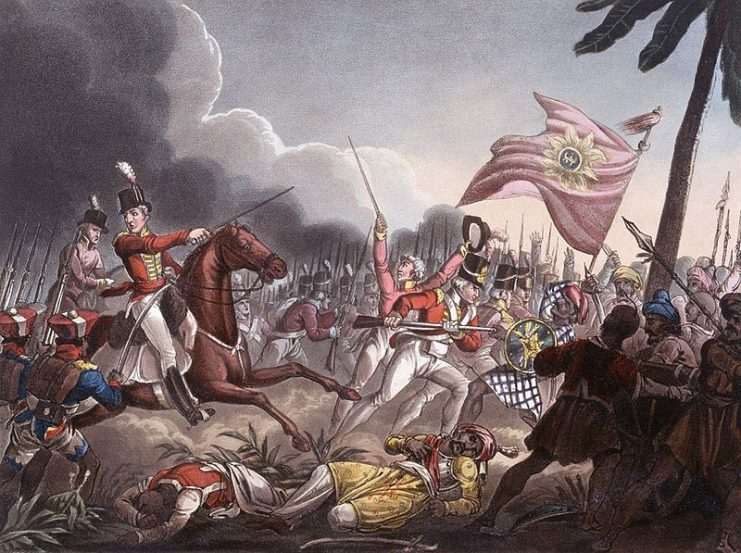
Like the Hessian, the low heel was well-suited to fit into stirrups, making it ideal for cavalrymen. Unlike the Hessian, however, the new boot was to be less formal, lacking the tassels that many Hessian boots had, and stopped a few inches below the knee.
The boot was perfect for riding, general use, and even informal evening wear. It soon became a hit, and it adopted Wellington’s name as the source of its inspiration. The name stuck, and soon young man eager to emulate the style of their favorite war hero were decked out in Wellington boots.
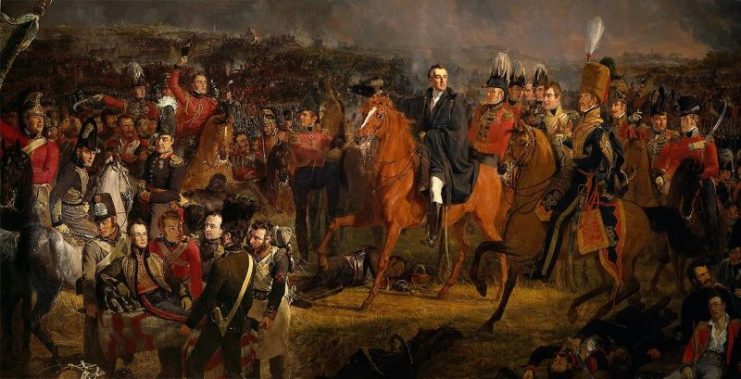
In 1844, Charles Goodyear patented his new rubber vulcanization process. Later in 1852, Goodyear sold one of the patents to Hiram Hutchinson who used it to manufacture footwear.
By 1853, Hutchinson’s company was making rubber boots based on the Wellington design which proved to be a huge hit with farmers and farmworkers in Europe, who up until then had largely worn wooden clogs while toiling in the fields.
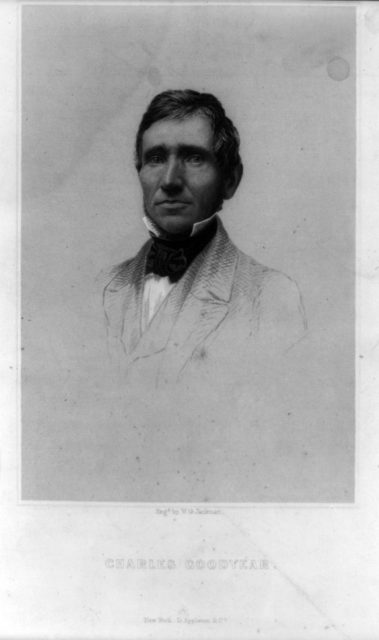
The new rubber Wellingtons were hard-wearing but comfortable, and–most importantly for people who spent a lot of time in muck and mud–completely waterproof. Hutchinson’s company, Aigle, still exists today and achieved great success with their rubber Wellingtons.
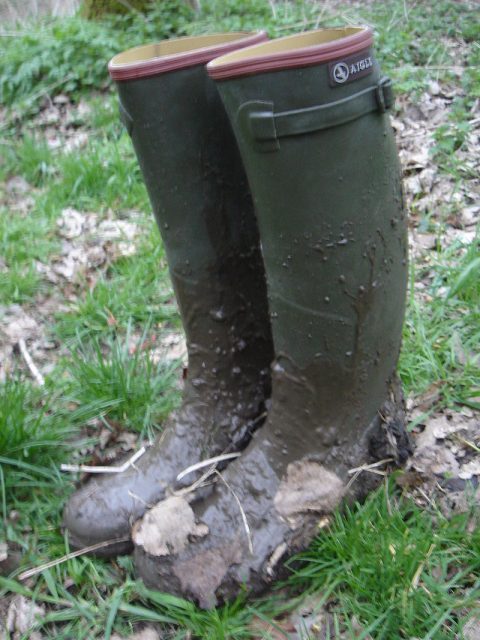
With the outbreak of the First World War a few decades later, rubber Wellington boots were mass-produced at an enormous rate to meet wartime demand.
The muddy, waterlogged trenches of the First World War required tough footwear so that the troops could deal with these adverse conditions.
The United Kingdom’s War Office commissioned the North British Rubber Company to produce Wellington-style boots for British troops. In total, 1,185,036 pairs were purchased by the British army–a lot of Wellingtons!
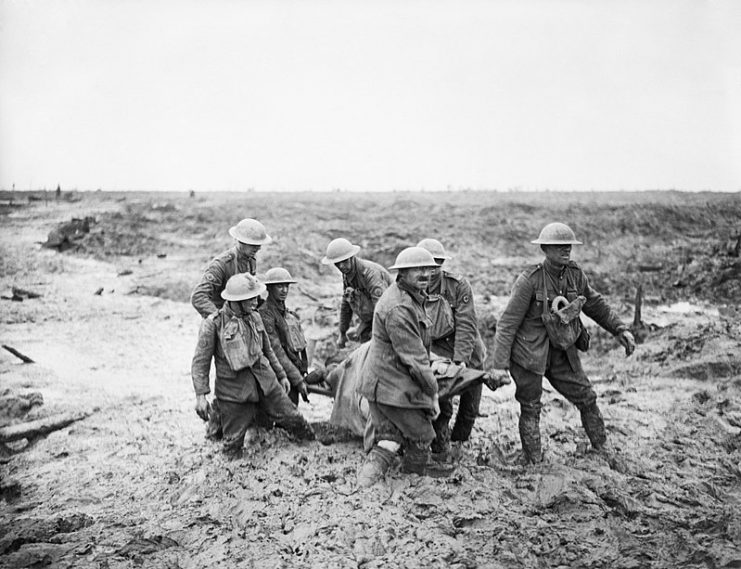
When the Second World War began, the same British company–under the new name of Hunter Boot Ltd, which is still used today–was once again commissioned to produce a vast number of Wellington-style rubber boots for Allied troops.
The company also produced a number of other war-related items during the Second World War, including gas masks and ground sheets.
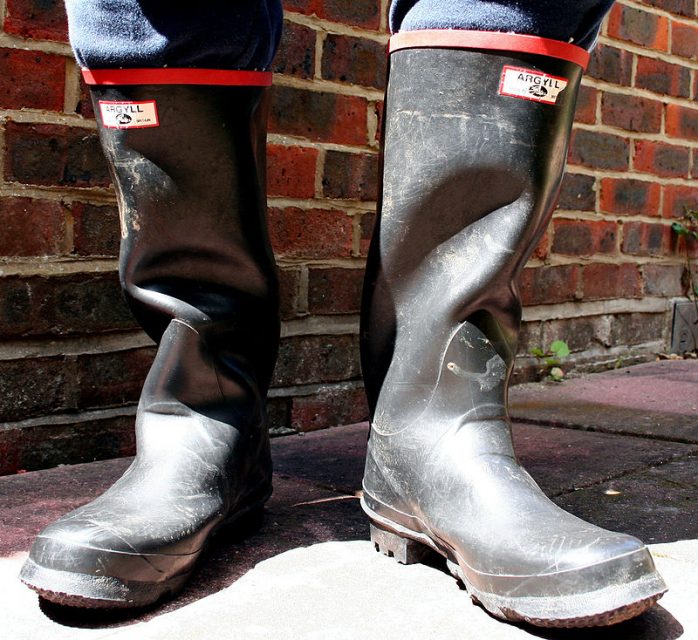
After the war, Wellingtons surged in popularity again. In addition to being used by farmworkers, they also began to be used by all sorts of workers in industrial professions. They also became particularly popular among the general European and British civilian populations who used them as all-purpose wet weather footwear.
Their popularity soon spread across the world, with many Commonwealth countries knowing them as gumboots, while in the United States they are referred to as galoshes, or more simply as rubber boots.
Read another story from us: The Three Battles of Waterloo: Same Conflict-Different Perspectives
Today the Wellington boot is one of the most popular–if not the most popular–style of work boot in the world.
They are worn everywhere from construction zones to factories and fishing boats, and from schools to music festivals. And, in Britain at least, the name of this style of boot continues to honor its inventor, the Duke of Wellington.
